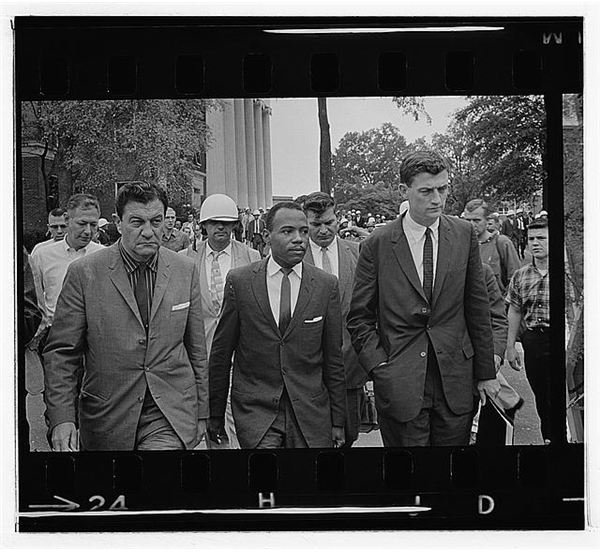Lesson Plan on the Bill of Rights: Teaching Ideas & Student Assignments
Report card day had arrived.
“You can’t give me an ‘F’,” cried Dewey Nowork. “It’s against my Constitutional rights.” Realizing that Dewey had no idea what his Constitutional rights were, I arrested him on the spot, searched his backpack, made him switch religions, forbade him to ever express his opinion in class, gave the ROTC students permission to stay in his house, and flogged him with a flag pole.
Unfortunately, my principal did know Dewey’s Constitutional rights and accused me of violating them. As punishment, he made me create a lesson plan on the Bill of Rights and distribute them to every teacher in the district.
Here, I share it with you.
Procedures
- Read the Bill of Rights as a class and summarize them together and/or
- Take Cornell Notes on the Bill of Rights (2-3 pages should be enough).
- Assign groups of 3-4.
- Assign each group one of the first ten amendments.
- Assign each group the following task:
- Write a summary of the amendment in modern language defining necessary terms.
- Explain an example in U.S. History or an example in the life of the presenters that involves one of the first ten amendments.
- Create a visual aide for teaching the amendment. It can be a picture or a diagram.
- Create a skit depicting the amendment being violated.
- Create a handout for the class. Crossword puzzles, word searches, and graphic organizers work best.
- Present the above items to the class.
Skit Ideas
Students will ask you for ideas. Here are some examples students have done and some examples from current events.
The first amendment: an example of a newspaper being shut down or someone being arrested for practicing a specific religion; more advanced students may wish to examine the “fairness doctrine” or a political leader endorsing or attacking a specific network or magazine.
The second amendment: gun control laws make good skits; passing a law prohibiting private ownership of guns works.
The third amendment: a skit depicting soldiers forcing their way into a house during peace time is the obvious one.
The fourth amendment: forced entry by police officers into a private home without a warrant; students may want to tackle the issue of locker and backpack searches.
The fifth amendment: depict someone getting arrested, being put on trial immediately, and sentenced without a trial.
The sixth amendment: depict someone being arrested unfairly and being forced to rot in jail for years before a trial.
The seventh amendment: show some inept or crooked judge giving an unfair ruling in a hefty lawsuit without a trial by jury.
The eighth amendment: guards beating prisoners is always a class favorite.
The 9th and 10th amendments: show a government official taking rights away from a state or individual. For example, limiting health care choices or forcing states to accept federal funds that create government dependence.
This post is part of the series: U.S. Constitution Lesson Plans
Teach your students about our nation’s most important document. While you’re at it, teach your elected officials. They seem to have forgotten it.
